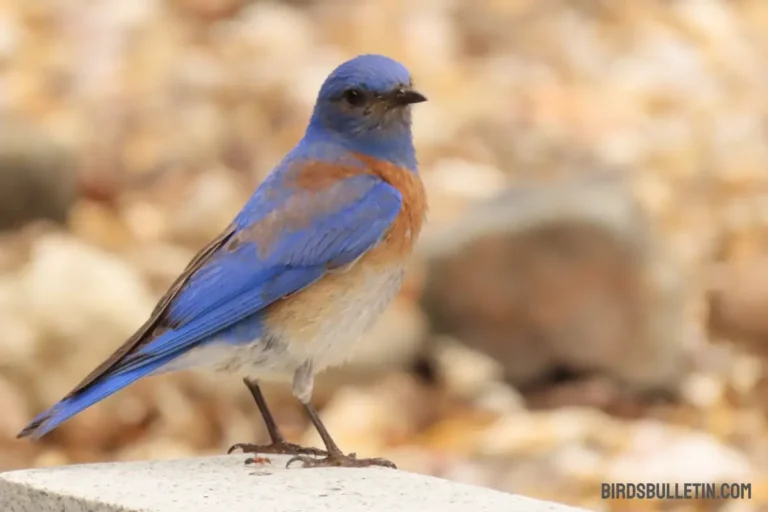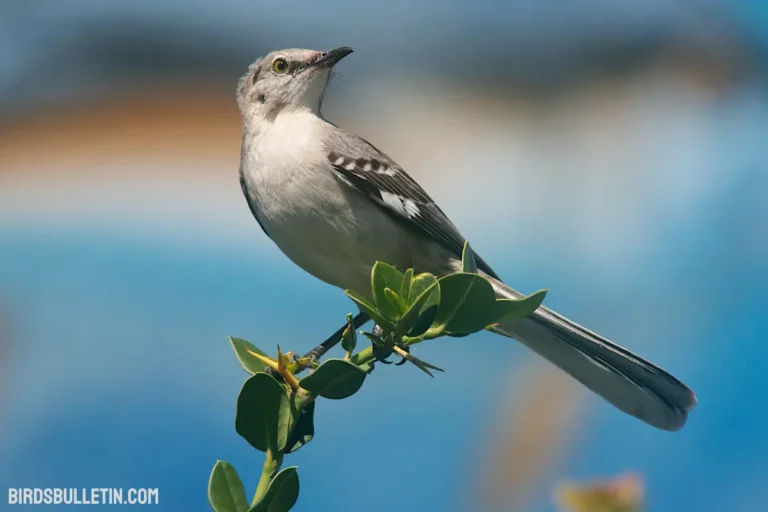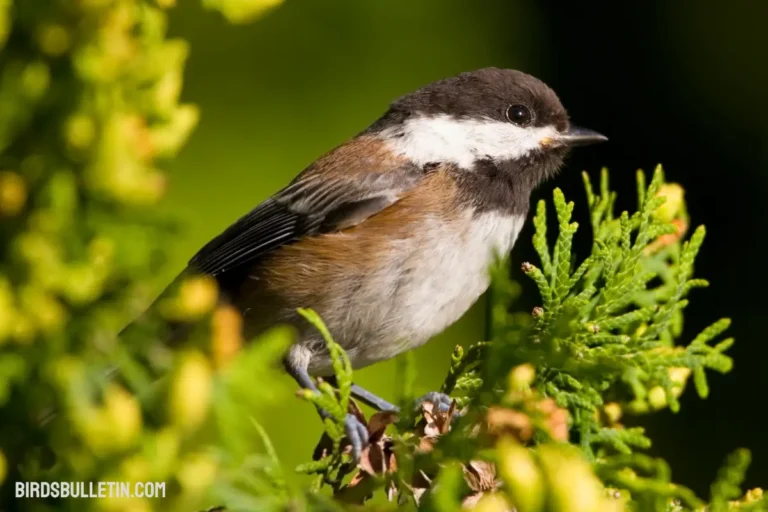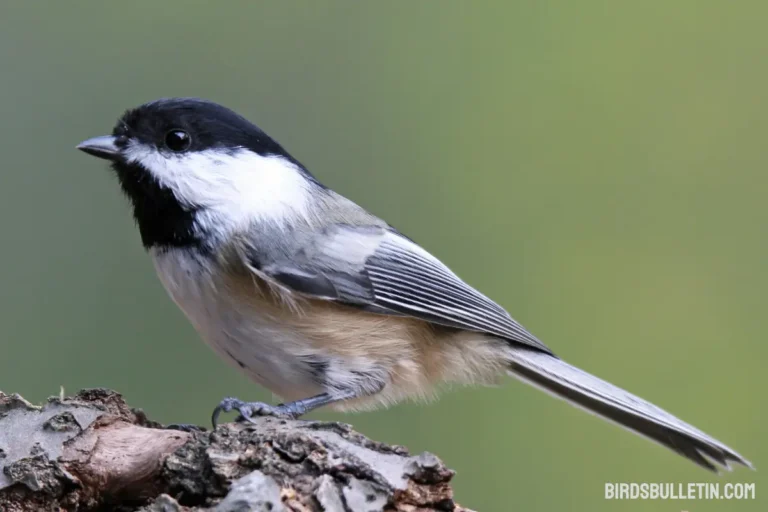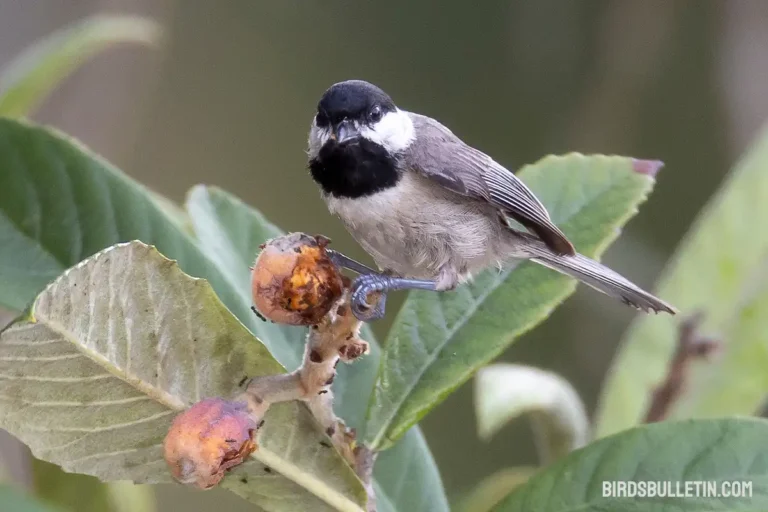California Gull Overview: Graceful Seabirds
The California gull (Larus californicus) is a medium-sized gull named after the U.S. state of California. When early explorers first observed these gulls nesting on the Farallon Islands off the California coast in the 19th century, they bestowed the name “California gull” to represent the species’ ties to the state.
Since then, the California gull has been closely associated with California through official state symbolism as well as its breeding and migration patterns.
Interested in similar topics on birds overview:
Identification Step by Step
Identifying a California Gull involves considering various physical characteristics and behaviors. Here’s a step-by-step guide to help you identify this gull species:
Size and Shape:
Observe the overall size and shape of the gull. California Gulls are medium to large gulls with a wingspan ranging from 51 to 61 inches (130 to 155 cm). They have a robust body and a relatively long, slightly drooping bill.
Plumage:
Look at the coloration of the plumage. Adult California Gulls have a white head, neck, and underparts. Their mantle (upperparts) is light gray, and they have black wingtips with white spots. Immature California Gulls have a mottled brown plumage that gradually transitions to adult plumage over a few years.
Head and Bill:
Examine the head and bill closely. California Gulls have a white head with a dark ring around the eye. Their bill is yellow with a black ring near the tip. During the breeding season, the ring becomes more prominent.
Legs and Feet:
Note the color of the legs and feet. California Gulls have yellow legs and webbed feet. The coloration can be a helpful distinguishing feature.
Eye Color:
Pay attention to the eye color. In adult California Gulls, the eyes are typically dark, and during the breeding season, they have a red orbital ring around the eye.
Wingtips:
Check the color and pattern of the wingtips. Adult California Gulls have black wingtips with prominent white spots. This pattern is visible both when the gull is in flight and when it is standing.
Vocalizations:
Listen to the vocalizations. California Gulls have a variety of calls, including a distinctive “laughing” call. Familiarizing yourself with their vocalizations can be an additional aid in identification.
California gull Profile
| Category | Details |
|---|---|
| Scientific Name | Larus californicus |
| Alternative Names | Seagull |
| Color | White head and underparts, gray wings and back |
| Size | Length: 18-22 inches |
| Wingspan | 48-54 inches |
| Weight | 680 Grams |
| Lifespan | 20 years on average, recorded 28 years old |
| Breeding Season | May – July |
| Lay Eggs | Usually, 1-4 eggs per clutch |
| Diet and Prey | Fish, insects, rodents, eggs of other birds |
| Threats and Predators | Predation of eggs/chicks by crows, ravens, coyotes, and foxes. Habitat degradation/loss. |
| Locations | The west coast of North America along the Pacific Coast. Nests inland around lakes/rivers. Widespread along California coastline. |
State Bird and Symbol
The California gull is the official state bird of Utah. It gained this designation in 1955 as it commonly occurs in the state and nests around the Great Salt Lake. The California gull represents Utah’s inland habitats and connection to gull species.
Its tie to California is unofficial yet still strong—the California gull remains a beloved seabird along the coast. Conservation groups have discussed recognizing the species as an official state symbol or marine bird of California given its namesake link to the state.
Subspecies Of California Gul
Two Lynx canadensis subspecies exist—the nominate form in the Great Basin to Montana and Wyoming, and a larger, paler subspecies (L. c. albertaensis) ranging from Great Slave Lake across central Canada to Manitoba and South Dakota.
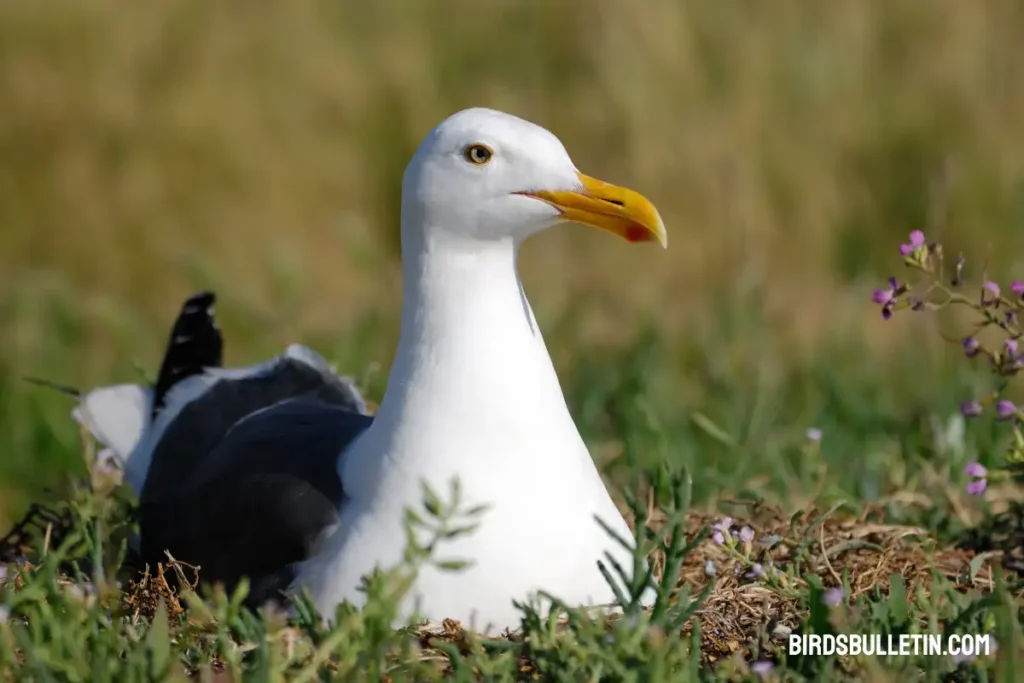
Despite subtle phenotypic differentiation, the subspecies show fidelity in mating. Their limited genetic divergence likely reflects geographic isolation during the Pleistocene and secondary contact in Montana.
Nesting
California gulls nest in colonies numbering in the hundreds or thousands of pairs. Breeding begins around 3 years of age. They do not breed every year, instead taking breaks between breeding seasons when conditions allow.
Their nests consist of scrapes or mounds lined with vegetation and feathers on the ground in open spaces with proximity to water. Common nesting spots in California include the Channel Islands and Farallon Islands. Elsewhere they nest along inland lakes and rivers.
Both the male and female share nest-building duties. Females typically lay 2-3 eggs in a clutch from April to early June. After around 26 days of incubation, the eggs hatch over a period of several days. Chicks fledge after 4-5 weeks, reaching independence 1-2 weeks later.
Habits
California gulls feed along coastal areas or inland waterways, where they pick aquatic invertebrates from the water’s surface. They also forage in fields and urban areas when not nesting. Their diverse diet includes fish, marine invertebrates, insects, earthworms, seeds, grains, and more.
Roosting and resting occur on the open water, beaches, athletic fields, parking lots, and similar open grounds. They frequently gather to bathe and drink in freshwater areas as well.
Population
As per information from the University of Michigan’s Museum of Zoology, the California Gull’s total population ranges from 500,000 to 1 million individuals.
Its numbers increased over most of the 20th century following new nesting sites and legal protections before declining from the 1980s onward.
Migration
Most California gulls migrate south after breeding season, though some remain year-round depending on climate, habitat, and other factors influencing winter severity.
Their migratory routes and wintering grounds center along the U.S. Pacific Coast into Mexico. The species occurs year-round in California.
Behavior
The behavior of California Gulls is diverse and reflects their adaptability to various environments. Here are some notable aspects of their behavior:
- 01. Feeding Behavior: California Gulls exhibit opportunistic feeding habits. They are often seen foraging for food in a variety of environments, including coastal areas, lakes, rivers, and even agricultural fields.
- 02. Colonial Nesting: California Gulls are known for their colonial nesting behavior. They often form large nesting colonies, especially on islands in lakes or coastal regions.
- 03. Aggressive Defense of Nesting Sites: During the breeding season, California Gulls can display territorial and aggressive behavior to defend their nesting sites.
- 04. Courtship Displays: Courtship displays are a notable aspect of California Gull’s behavior during the breeding season. These displays involve aerial acrobatics, calling, and mutual feeding between potential mates.
- 05. Scavenging and Opportunism: California Gulls are opportunistic feeders and scavengers. They are known to follow fishing boats or congregate near human settlements to exploit food resources.
- 06. Parental Care: Both parents actively participate in caring for their chicks. They share responsibilities such as incubating eggs, protecting the nest, and providing food for the young.
- 07. Interaction with Other Bird Species: California Gulls often interact with other bird species, both within and outside their colonies.
08. Wintering Behavior: During the non-breeding season, California Gulls may form large wintering flocks along coastlines or other suitable habitats.
Interhuman Connection
The California gull holds a unique place in human culture for the following reasons:
- State bird of Utah, reflecting inland ties
- Namesake from California breeding grounds
- Inspiration for the book “The Gulls of Salt Lake” and eponymous gull character “California Gull”
- The subject of creative works like music, logos, and artwork
- Player in ecosystem services like waste reduction, insect control, and nutrient cycling
- Component of coastal character and inland aesthetics
- Learning tool for birdwatchers and teachers
Conservation Status
The California gull has an IUCN status of Least Concern. Its populations appear sustainable at present across its breeding and migratory range. Regional declines have occurred but without severe, consistent drops.
With no immediate threats, continued monitoring helps ensure the California gull remains securely common. Protecting wetland habitats also safeguards future resilience.
Legal Protections
In the United States, the California gull receives legal protections under the Migratory Bird Treaty Act. This prohibits killing, capturing, selling, or otherwise harming the species without permits. The law also regulates disturbance to active nests during the breeding season.
Additional state and local regulations may cover key nesting sites, prevent harassment, or limit impacts to habitat. These measures provide further safeguards against exploitation or unnecessary interference.
Frequently Asked Questions
01. How long do California gulls live?
Typical lifespans in the wild range around 15 years. The longevity record is 26 years based on banding data. With few predators, their average lifespans can reach the late teens or early 20s.
02. Why is the California gull declining in some areas?
Regional declines stem from factors including human disturbance, habitat loss, pollution, food web changes, climate shifts, and predation pressures.
Final Word
With its graceful flight, adaptable habits and strong ties to the Pacific Coast, the California gull remains an iconic species of western North America.
While not currently at risk, maintaining protections and habitat access will allow these opportunistic seabirds to prosper as both ecological contributors and cultural symbols for years to come.
References
- Cornell Lab of Ornithology. California Gull Life History. https://www.allaboutbirds.org/guide/California_Gull/lifehistory
- Sibley, D.A. (2014). The Sibley Guide to Birds (2nd edition). New York, NY: Alfred Knopf.
- Jehl, J.R., Bond, S.I., and Hill, L.M. (2015). Biology and Conservation of the California Gull in San Diego County. Transactions of the San Diego Society of Natural History. 20. 191-204.


